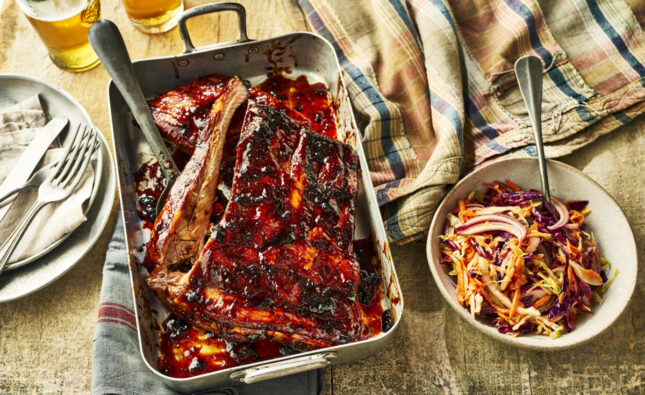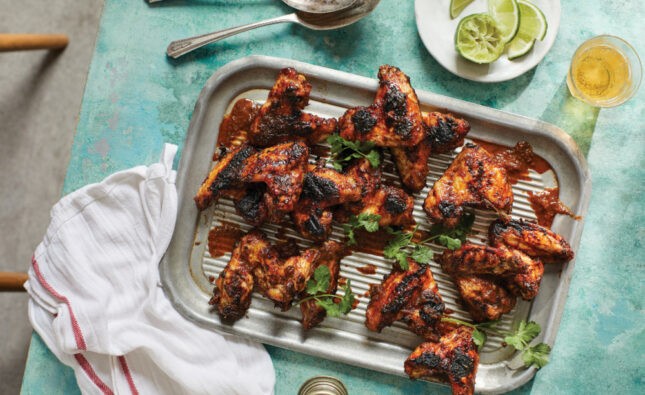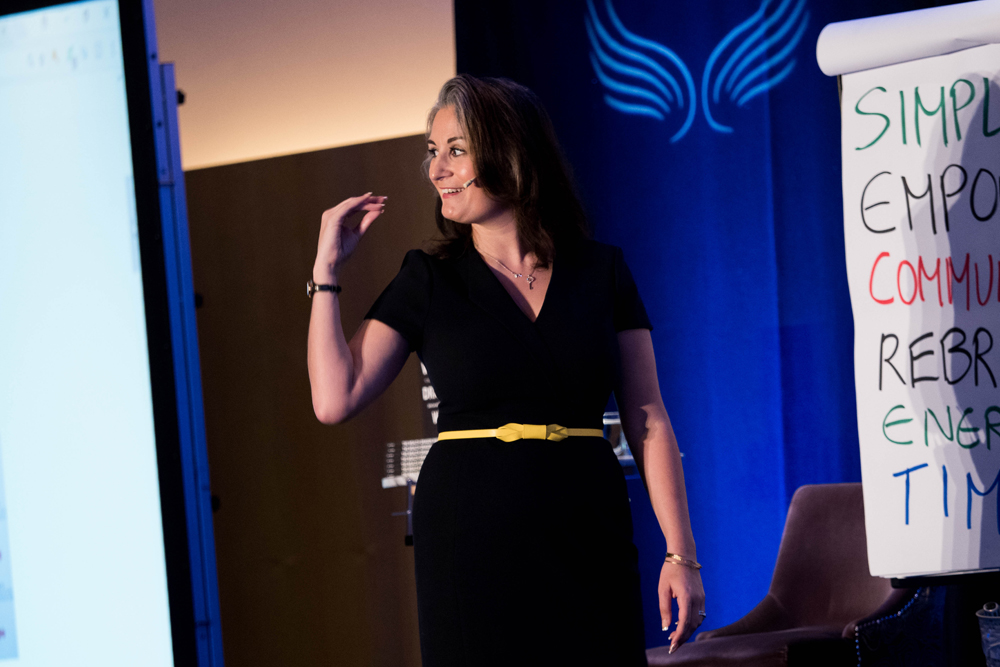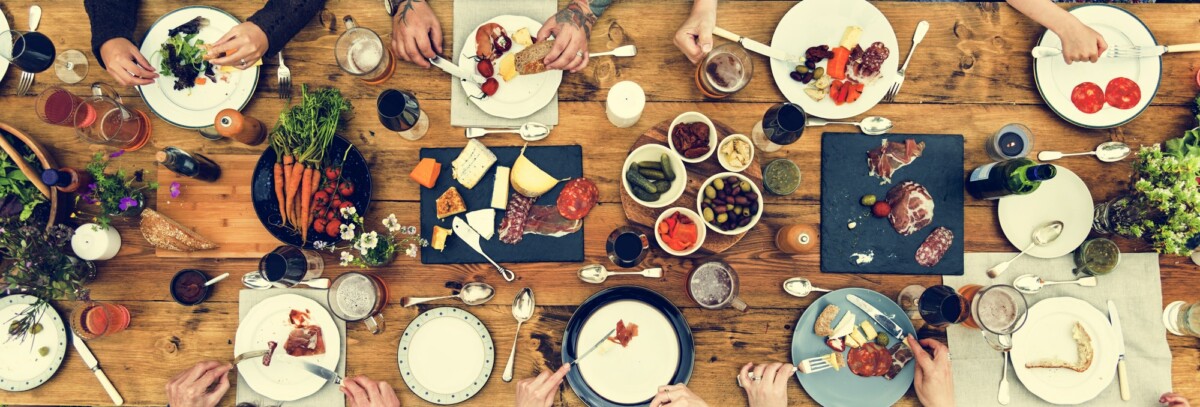On the first weekend of June, the Queen will be celebrating her Platinum Jubilee, marking an incredible 70 years on the throne. With the highly anticipated four-day bank holiday weekend, many are planning celebrations with family and friends and cooking up an array of special dishes to impress their guests.
British Apples and Pears (BAPL) are proud to join the celebrations, partnering with renowned celebrity chef, Raymond Blanc (Papa to 2 boys), to create a showstopping British apple mousse cake which rightly champions Britain’s national fruit – the apple.
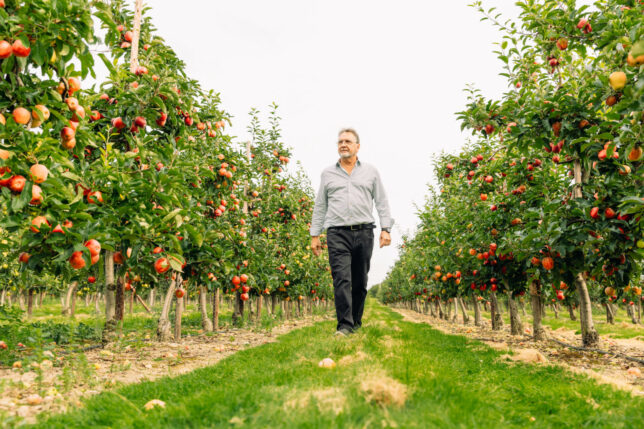
Raymond Blanc and BAPL want to encourage the nation to try their hand at this impressive celebratory cake, whether it be at a Jubilee lunch or a local street party. This cake is guaranteed to be a crowd-pleaser, making the perfect centrepiece for any celebration.
The cake incorporates three delicious varieties of British apples: English Bramley, Lilibet* and Royal Gala. English Bramleys and Royal Gala can be found in British supermarkets, Lilibet are a little harder to find, but you can easily substitute Lilibet with any other British eating apple.
Commenting on the special recipe development, Raymond Blanc says, “I am very proud to be part of this historical event, partnering with British Apples and Pears to celebrate the delicious taste and versatility of our national fruit.
“Britain produces some of the finest apples in the world and I believe this spectacular recipe is the perfect showcase for this wonderful fruit. With the vibrant red colour from the Royal Gala apple, the uniquely sweet flavour of Lilibet apples and the cloud-like fluffiness of cooked Bramley apples, the cake truly brings out the best of British apples.
“Food is at the heart of any celebration, bringing close family and friends together, and this remarkable cake will be sure to impress and delight your guests”.
Ali Capper, Executive Chair of British Apples and Pears says, “We are proud to share Raymond’s delicious British apple mousse cake recipe for everyone to make and enjoy. Apples are our national fruit and no Jubilee celebration should be without them.”
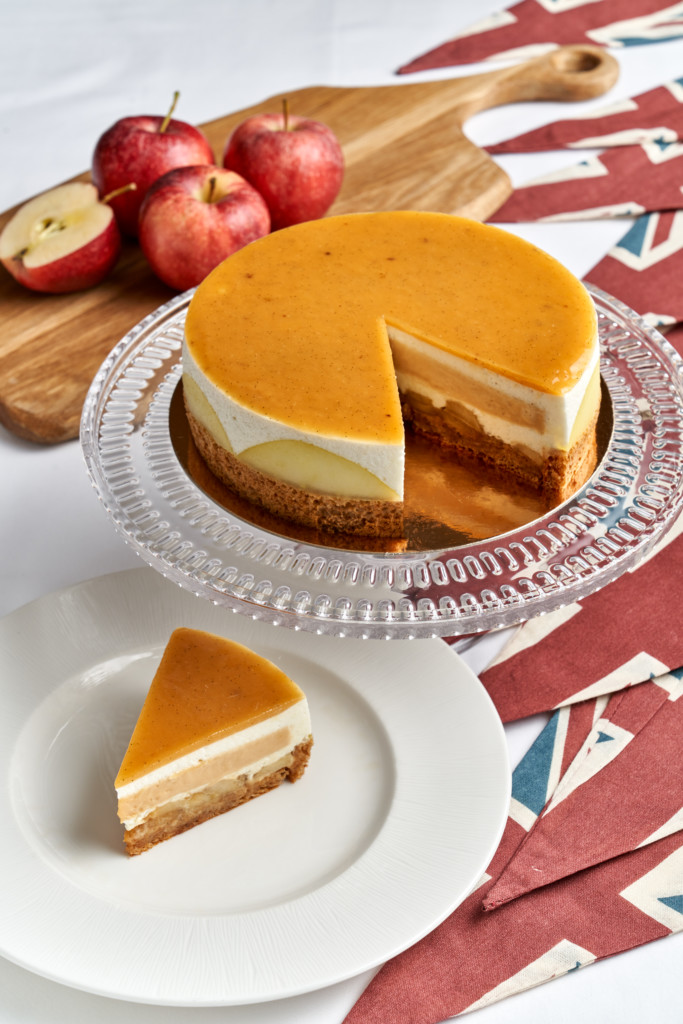
Royal Jubilee Apple Celebration Cake
This very special cake is the ultimate in celebration. Created by renowned chef, Raymond Blanc, it not only celebrates our monarch’s great accomplishment but is also a tribute to the British apple. In fact, there are three British apple varieties in the cake, each with its own special properties. You will no doubt be familiar with English Bramleys and Royal Gala, but the Lilibet apple – Prince Philip’s nickname for the Queen and the name of Harry and Megan’s daughter – is not as common. In fact, Lilibet is the only green-skinned eating apple grown commercially in the UK. Don’t worry if you can’t find Lilibet in your local supermarket, any other variety of eating apple can replace it in this recipe.
There are six parts to the recipe, but the instructions are straightforward, and Raymond’s Royal Jubilee Apple Celebration cake makes the perfect centrepiece to mark this national occasion.
1. Pain d’épices
The pain d’épices (spiced bread) is commonly known as gingerbread. It originates from France and was specific to Reims. As a beautiful base it adds spice and texture to this cake. Should you wish to make the cake in advance Pain d’épices will freeze well.
Makes Two cakes using two tins, each 16cm diameter x 4.5cm deep (8 slices per cake)
- ½ tsp Five spice powder
- ½ tsp Vanilla puree
- 2g Orange zest, finely grated
- 160g Clear honey
- 80ml Whole milk
- 2 x Large eggs
- 35g Caster sugar
- 100g Rye flour
- 60g Plain flour
- ½ tbsp Baking powder
Preheat the oven to 170ºC.
Line a baking tray with greaseproof paper, and place the cake tins on the tray.
In a small saucepan over a low heat, warm the spice, vanilla, orange zest, honey and milk to about 50ºC. Do not boil. (This is the right temperature to activate the baking powder and start the infusion.)
In a large bowl, lightly beat together the eggs and sugar. Add the warm spiced milk and whisk well.
In a separate bowl mix the baking powder and flour and, using a whisk, fold them into the egg-milk mixture. When the mixture is smooth, divide it equally between the two rings.
Bake for 12 minutes.
Remove from the oven, and leave to cool on the tray. Release from the ring, sliding a knife blade around the edge. Trim the pain d’épices to make them level and about 1½ cm thick. Clean the rings and replace them around the pain d’épices.
Slide a thin cake board under each pain d’épices and lift onto the work surface. Reserve.
2. For the caramel crémeux
- 75g Caster sugar
- 25ml Hot water
- 235ml Whole milk, brought to a simmer
- 4 x Egg yolks
- 25g Caster sugar
- 20g Cornflour
- 75g Butter
In a small saucepan on a high heat, cook the 75g sugar to a smoking point. You will now have a dark caramel.
Remove the pan from the heat and carefully add the hot water followed by the hot milk (to prevent the milk from curdling), then stir to ensure it is fully dissolved.
In a medium bowl, mix the yolks with the remaining sugar and cornflour.
Whisk in the milk caramel and return to a clean saucepan over a medium heat. Bring to the boil and cook for 1 minute, stirring constantly with a spatula.
Remove from the heat, pour into a small jug and leave to cool to 45-50ºC. Using a hand blender, blend in the butter until completely smooth. This will give a perfect creamy texture.
Place two 13cm rings on a tray lined with greaseproof paper or a silicone baking mat. Pour the crémeux 1cm deep into 2 x 13cm rings. Freeze for 2-3 hours to set. Once frozen, remove the crémeux from the rings and return to the freezer until required.
3. For the caramelised apple slices and glaze
- 5 x (800g) Royal Gala apples
- 60g Butter, cold diced
- 250g Caster sugar
- 2tbs Calvados
Peel, core and slice the apples into ½ cm slices.
In a large saucepan on a medium heat, bring the sugar to a golden caramel and add the cold butter. It will emulsify and bind with the hot caramel. Carefully pour in the Calvados.
Add the apple slices, cover with a lid, and cook for 5-7 minutes, until the apples are soft.
Remove the pan from the heat and leave to cool.
Divide the apples and caramel into two bowls. In a jug blender, blend the first half to a smooth purée and reserve for the glaze.
Keep the remainder of the apples and cooking liquid to build the cake.
4. For the poached apple slices
- 1 Lilibet apple
- 30g Caster sugar
- 100ml Water
- 1 pinch Vitamin C powder
Cut the apple from top to bottom 1cm either side of the core. This should leave you with two perfect semi-circles of apple, free from any core.
In a small, covered saucepan on a medium heat, bring the water, sugar and vitamin C powder to a boil. Turn off the heat, add the freshly sliced apple, cover and leave to cool for 15 minutes. The apple slices must be barely cooked. Drain and reserve.
5. For the mousse
- 300g Bramley apples
- 20g Caster Sugar
- 100ml Whipping cream
- 80g Water
- 5 x Gelatine leaves
- ½ tsp Vitamin C powder (or lemon juice)
- 1 Lemon, juiced
- 190g Caster sugar
- 4 x Egg whites
Start by peeling, coring and cutting the apples into 1cm chunks.
Place the gelatine leaves in a bowl of cold water and leave them to soften.
In a medium saucepan on a medium heat, cook the diced apple with the vitamin C, 20g sugar and lemon juice for 10 minutes until the apples are completely soft.
In a jug blender, purée the apple until smooth. Cool the purée in a bowl sitting on iced water for 8-10 minutes.
In a medium bowl, whip the cream to soft peaks and fold in the cold apple purée.
In a medium saucepan, bring the remaining sugar and water to the boil and cook to 120ºC (check this with a thermometer).
Using an electric whisk on a high speed, whisk the egg whites to soft peaks. Reduce the speed and add the syrup, pouring it between the side of the bowl and the whisk. Whisk for 1 minute at full speed. Squeeze the water from the gelatine leaves and add them.
Continue to whisk on a medium speed until cool, then fold the meringue into the apple purée and cream mixture.
To build the cake
Drain off the poached apple semicircle slices and place against the insides of each ring, with the cut ends resting on the pain d’épices.
Arrange the caramelised apples with their caramel across each pain d’épices, leaving a 1½cm gap around the outside.
Half fill the cake rings with the apple mousse; then place the caramel crémeux discs in the middle of each cake.
Add the remainder of the apple mousse.
Using a palette knife, smooth the tops to within 2mm of the top of the rings. Freeze for a minimum of 3-4 hours so the mousse can set before the glaze is added.
6. For the glaze
- 2 x Gelatine leaves
- 250ml Caramelised apple puree reserved
Soak the gelatine in a bowl of cold water for at least 5 minutes, until the leaves have softened.
In a small saucepan on a medium heat, warm the apple purée, but do not boil. Add the softened gelatine and stir for 1-2 minutes. Pour the glaze over the cakes and level with a palette knife, using the edges of the rings as a guide.
Refrigerate for at least 3 hours to set.
When ready to serve, warm the rings using a blowtorch and lift them off the cakes. I promise you will be the envy of all your guests when you present this cake to them!

